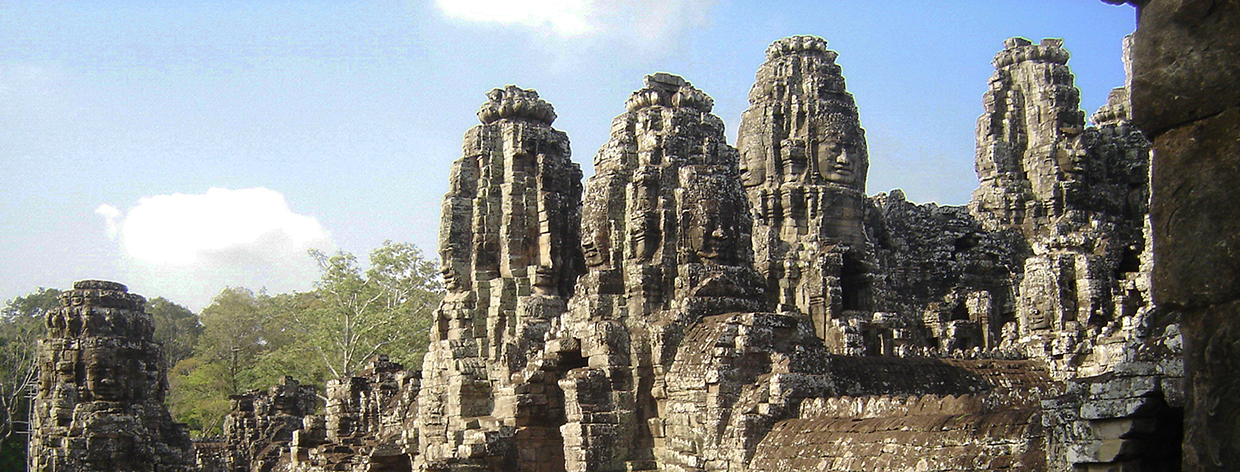The rise of the Angkorian Empire in reality and in the imagination of the 11th century: How it became the paramount power
https://doi.org/10.34780/a11-ef6n
Abstract
To describe the history of ancient Cambodia – especially of the Ankorian Empire – is much more difficult than the reconstruction of the development of other ancient civilizations which had created a rich historiography by its own. But not only the lack of written literary documents as known from the Greek, Roman and Chinese civilizations. Even the huge amount of inscriptions does not help very much to give a coherent picture of the empire's political, religious, social and economic history. Information about military and political events are rarely mentioned, if not connected with acts of religious importance as was the case of a campaign against Campā to conquer a statue of the goddess Śrī. Nevertheless, the inscriptions – very often dated and bearing the names of ruling kings – provide a framework for the reconstruction of the basics of history. Moreover, the monumental architectural remains spread over vast territories are witness¬es of the extension of the empire. It remains enigmatic that even the many military expe¬ditions of the most warlike king Sūryavarman II are not recorded in his own inscriptions, but in Vietnamese annals. In the same manner the occupation of Campā by Jayavarman VII is recorded only in Cham inscriptions. Whenever Cambodian kings are speaking of their military conquests they never gave information about real events.
Keywords:
Cambodia, Ankorian Empire, History





